Sales Team
Project quotes, partnerships, implementation
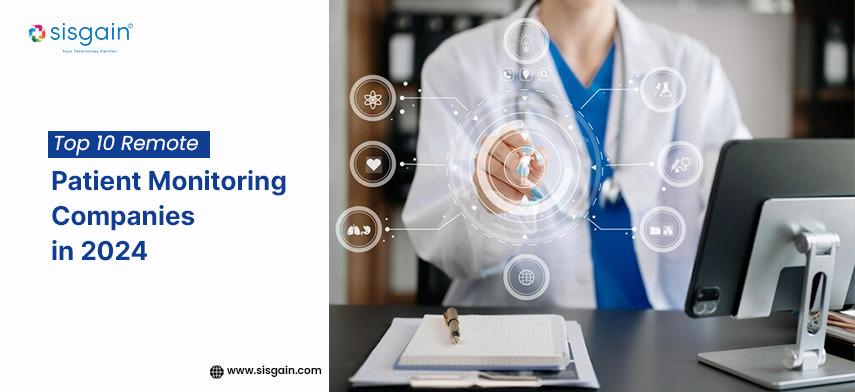
Remote patient monitoring, commonly referred to as RPM, has gained traction in recent years. The growing demand for convenient and quick medical services has led to an immense growth in remote patient monitoring services. Ever since the pandemic wreaked havoc, the healthcare sector has undergone massive changes. Technology has penetrated more deeply, giving rise to telehealth, telemedicine, and remote patient monitoring.
Remote health monitoring is no longer a fancy word. It is changing the way patients and doctors interact and exchange information. Patients can access advanced healthcare from the comfort of their homes. According to the Harvard Health Letter, nearly 50 million people in the United States currently use remote patient monitoring devices. 20% of large healthcare facilities surveyed said they had already implemented an RPM solution for their organization.
Remote Patient Monitoring (RPM) devices are a growing market, estimated to be worth $760 million by 2030. Remote patient monitoring companies are playing a crucial role in developing robust and innovative RPM systems. You can find many organisations offering remote health monitoring services. However, it becomes difficult to choose one that will cater to your needs and requirements. In this blog, we have compiled a list of companies that develop remote patient monitoring platforms that you can approach to have RPM software custom-developed for your practice.
But first, let’s look at what remote patient monitoring is, its features, and its benefits.
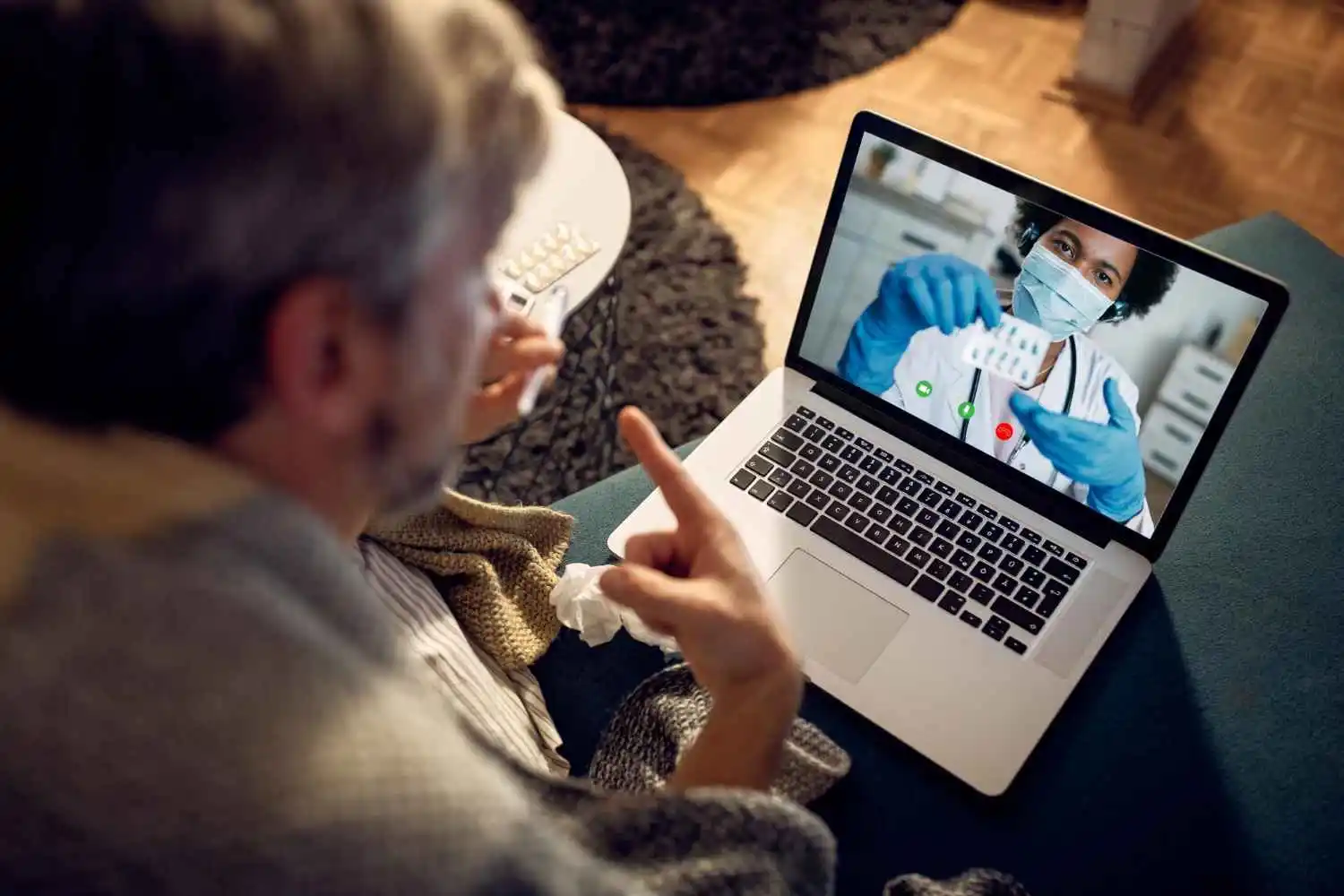
Remote Patient Monitoring (RPM) is a type of telehealth that uses technology to track and manage a patient's health outside of a traditional clinical setting, like their home or even remote areas. It involves collecting health data through various devices and transmitting it electronically to healthcare providers for analysis and intervention.
RPM software or an app collects and transmits patient data to healthcare professionals, who then analyze it to monitor patient health. The patient wears medical devices that collect their vitals. These wearable devices are connected to RPM software.
Also read: 8 Ways Remote Patient Monitoring Is Revolutionising Healthcare
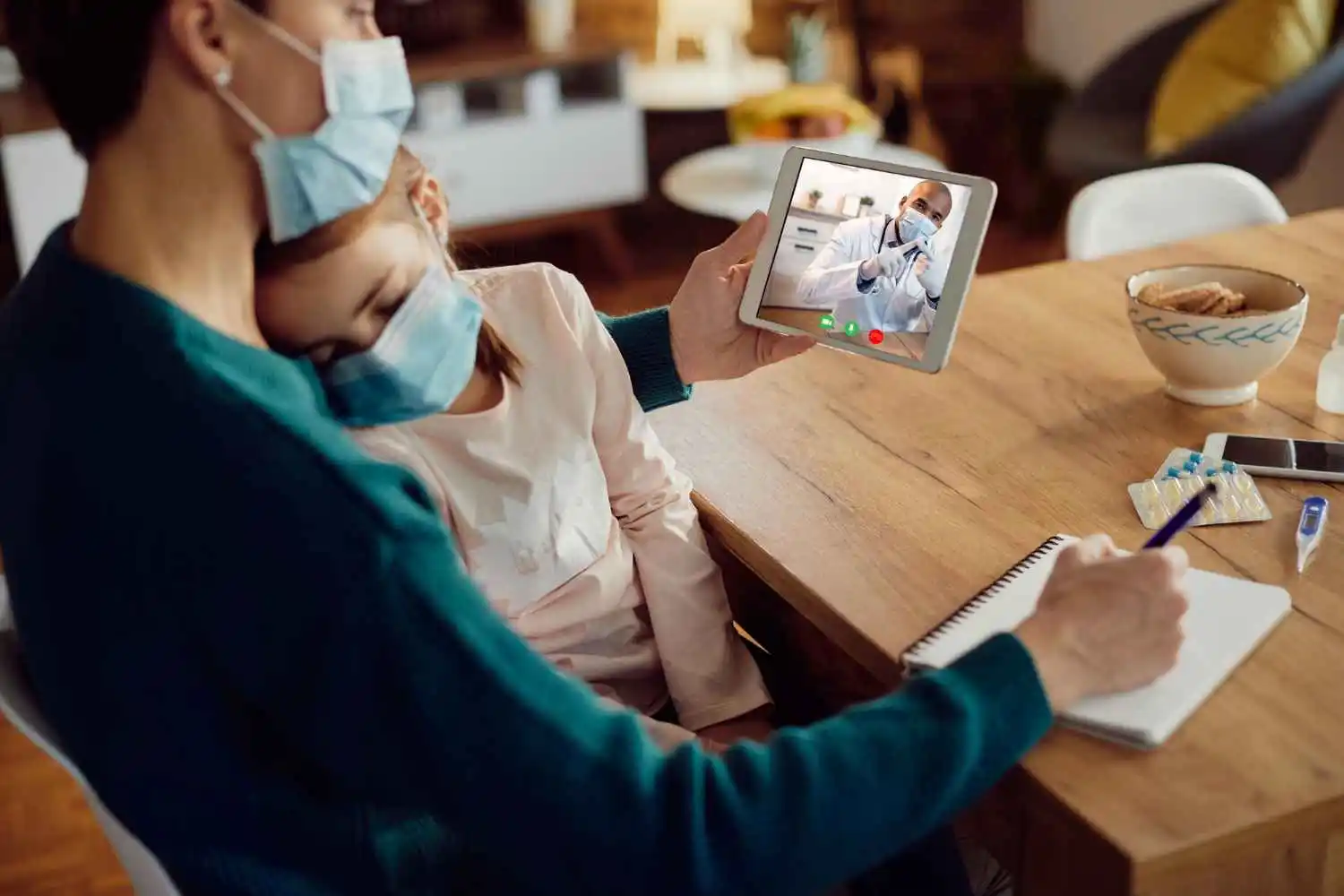
A variety of devices, like wearables, sensors, mobile apps and traditional devices, are used to gather health data like vitals and symptoms. These devices collect data continuously or at specific intervals, depending on the patient's needs and conditions. Many devices automatically collect data, reducing the need for manual input and improving accuracy.
After data is collected, it is transmitted and stored on secure cloud platforms for remote access and analysis. It employs encrypted channels and protocols to ensure patient data and security.
RPM software provides healthcare providers with visual dashboards for easy monitoring of key health metrics and trends. alerts and notifications trigger alerts for concerning data points or potential health issues. the software uses advanced algorithms to analyse trends, identify patterns, and predict potential health risks.
RPM enables virtual consultations with healthcare providers based on patient needs and data analysis. It also allows healthcare providers to remotely adjust treatment plans based on patient data and feedback.
Remote patient monitoring platforms offer many benefits to patients, doctors, and healthcare organizations.
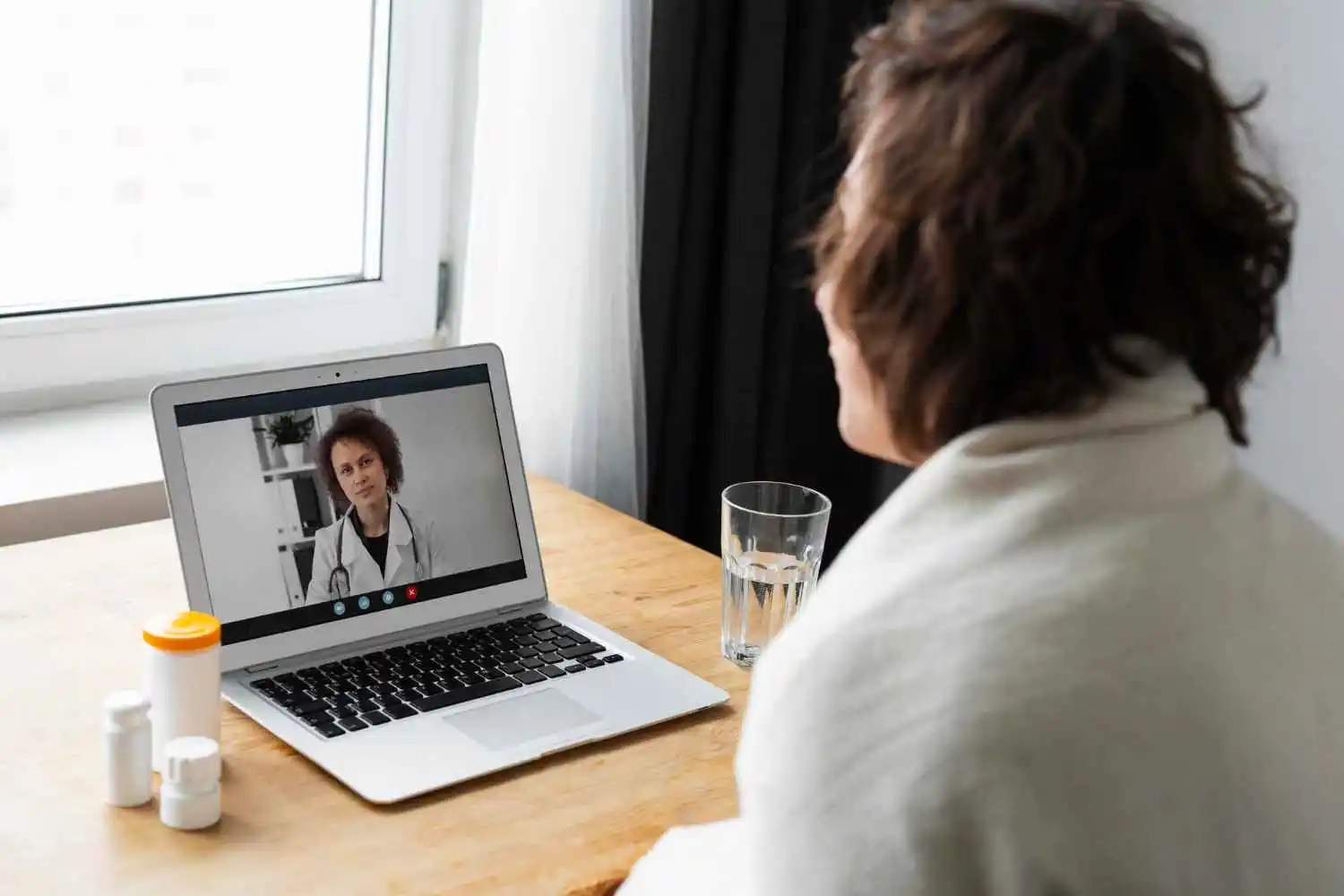
Improved health outcomes: By enabling early detection and proactive management of health issues, RPM can lead to better overall health and prevent complications.
➤ Enhanced engagement and empowerment: Patients become more involved in their own health care, leading to better adherence to treatment plans and increased self-management skills.
➤ Increased convenience and flexibility: Eliminates the need for frequent in-person visits, saving time and travel costs. Allows patients to monitor their health from the comfort of their own homes.
➤ Reduced anxiety and stress: Real-time monitoring and timely interventions can provide peace of mind and reduce anxiety about health concerns.
➤ Improved access to care: Makes healthcare more accessible to individuals in remote areas or with mobility limitations.

➤ Improved efficiency and productivity: Reduces time spent on routine checkups, allowing providers to focus on more complex cases.
➤ Enhanced data-driven decision-making: Real-time access to patient data facilitates better-informed treatment decisions and personalized care plans.
➤ Reduced healthcare costs: Early detection and intervention can prevent costly complications and hospitalizations.
➤ Improved patient satisfaction and loyalty: Increased engagement and better communication can lead to higher patient satisfaction and loyalty.
➤ Enhanced care coordination: Enables better collaboration between different healthcare professionals involved in a patient's care.
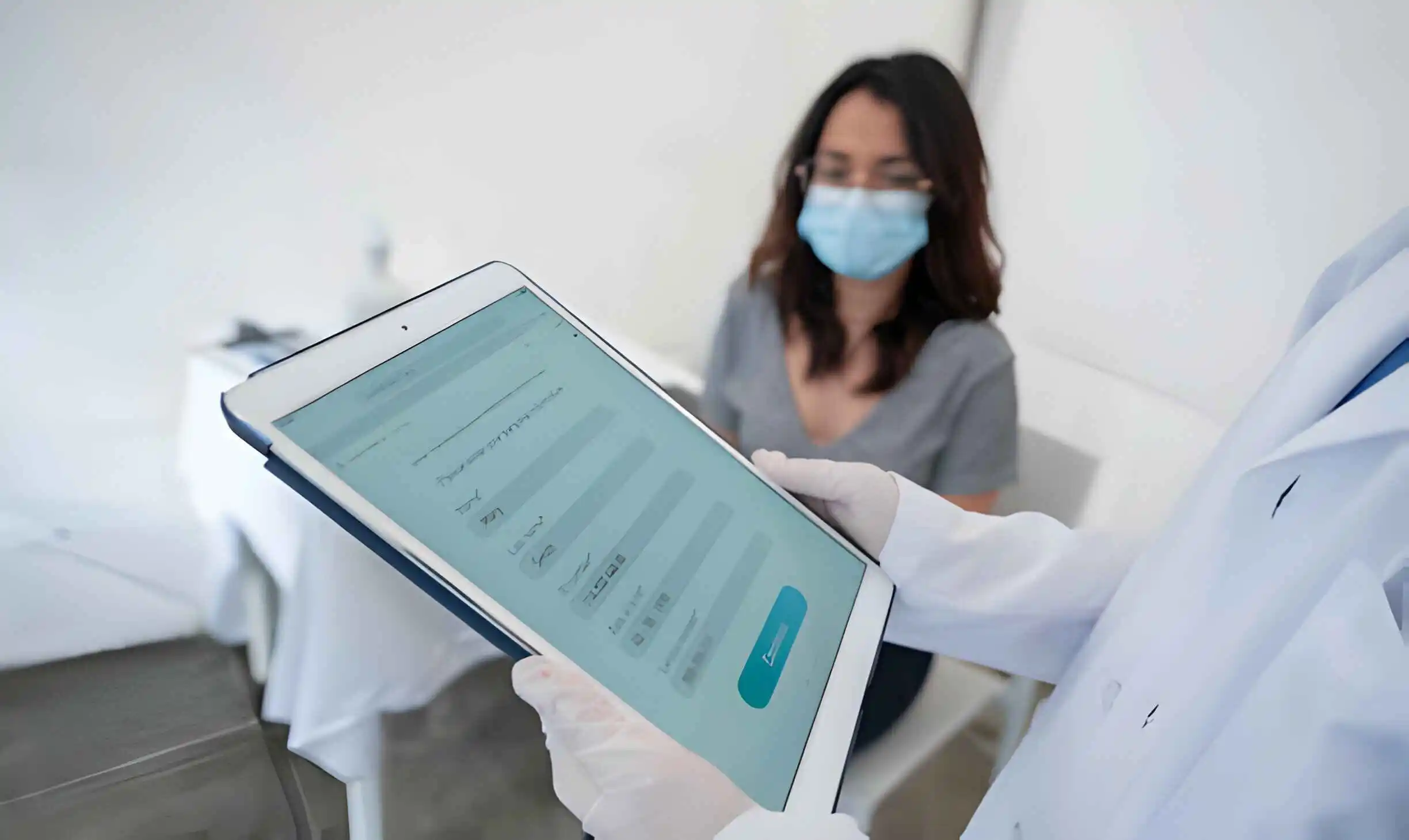
➤ Reduced healthcare costs: Lower hospital readmission rates, fewer emergency room visits, and improved resource utilization.
➤ Improved population health management: Enables proactive monitoring of high-risk populations and early intervention to prevent costly health problems.
➤ Increased access to care: Offers an alternative to traditional care delivery models, expanding access to healthcare for underserved populations.
➤ Improved data collection and analysis: Provides valuable data for research and the development of new healthcare strategies.
Also Read - Healthcare App Development in 2024: A Step-by-Step Guide
A global medical technology leader, Medtronic offers a comprehensive RPM platform called CareLink. CareLink connects patients with their care team through a variety of devices and sensors, providing real-time data on vital signs, medication adherence, and other health metrics.
Another major player in the medical technology space, Philips offers a suite of RPM solutions under the brand name HealthSuite. HealthSuite includes a variety of platforms and tools for remote monitoring, chronic disease management, and telehealth.
SISGAIN is another organization that offers remote patient monitoring solutions. It has developed several RPM software products that are used in healthcare in many countries. With a team of expert healthcare developers, they create RPM platforms that are scalable and easy to use.
GE Healthcare's RPM offering is called Centricity Remote. Centricity Remote provides a secure, cloud-based platform for collecting and managing patient data from a variety of devices. It also includes tools for care coordination and analytics.
Siemens Healthineers' RPM solution is called myHealth Monitoring. myHealth Monitoring provides a patient-facing app and a clinician portal for remote monitoring of vital signs, weight, and other health metrics.
Teladoc Health is a leading provider of telehealth services, and they also offer a suite of RPM solutions. Teladoc's RPM platform includes tools for remote monitoring of chronic conditions, medication adherence, and behavioral health.
BioTelemetry is a specialist in remote cardiac monitoring. Their RPM platform, BioTel Heart, provides continuous monitoring of heart rhythm and other vital signs for patients with heart conditions.
AliveCor is a company that develops and markets a mobile ECG device. Their RPM platform, KardiaCare, uses the AliveCor device to provide remote monitoring of heart rhythm for patients with a variety of conditions.
WellSky is a provider of software and technology solutions for the healthcare industry. Their RPM platform, WellSky HomeConnect, provides remote monitoring of vital signs, medication adherence, and other health metrics for patients with chronic conditions.
Tunstall Healthcare is a provider of telecare and telehealth solutions. Their RPM platform, Tunstall Healthcare RPM, provides remote monitoring of vital signs, falls, and other health metrics for older adults and people with chronic conditions.
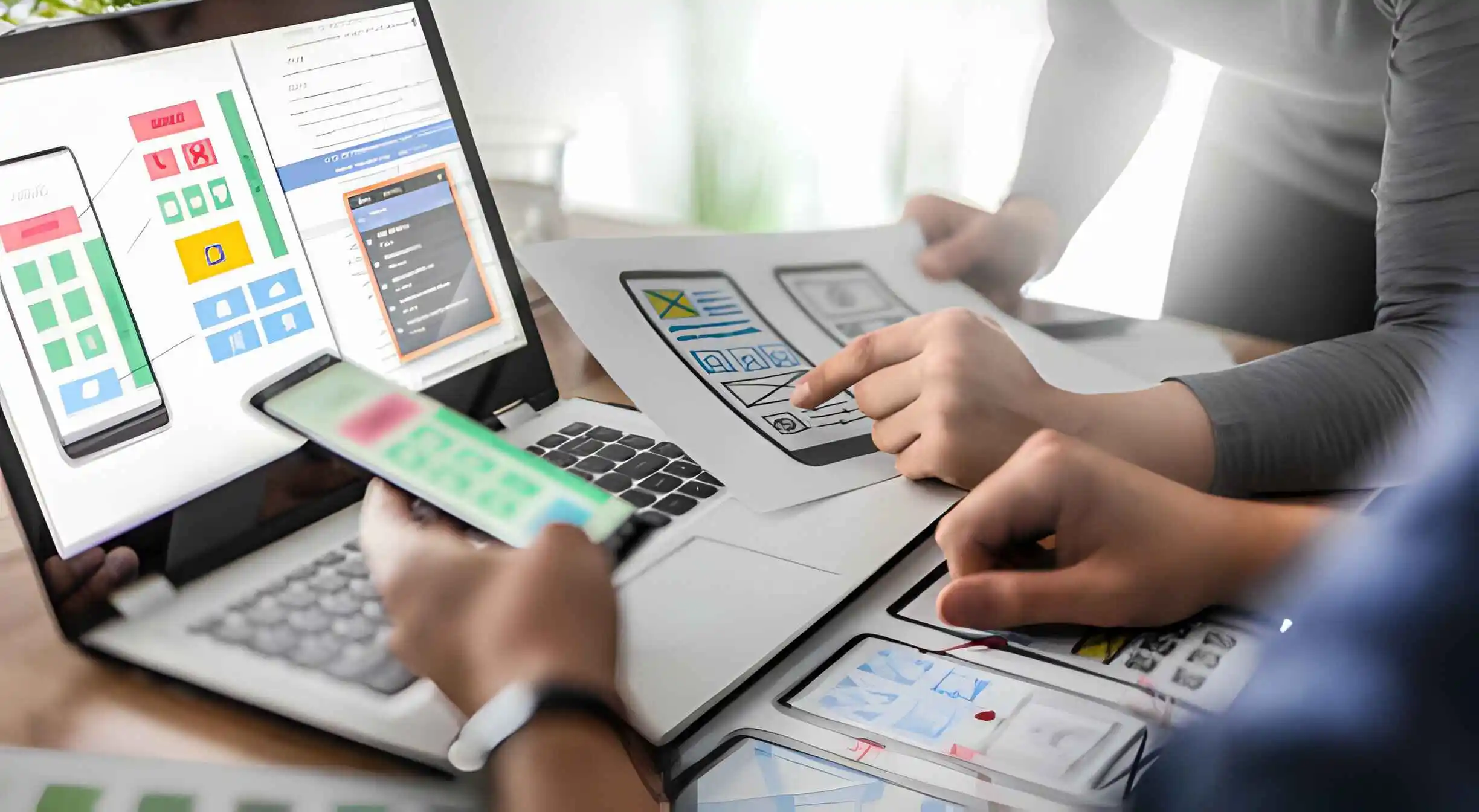
Finding the best partner for remote patient monitoring services can be hard, as there are various options available in the market. Amidst the crowd of RPM software development companies, SISGAIN shines brightly with its immense expertise and experience. We are a name that is highly regarded in the digital healthcare sector. We have served many clients in the healthcare sector from multiple countries.
If you want to integrate RPM into your services and want a solution that will help you connect with your patients, we are an organization to remember. Contact us today to discuss your requirements.
Remote patient monitoring has revolutionized the way healthcare is offered and received. Patients with chronic diseases or those who have just had surgery can be taken care of remotely with RPM software and devices. Remote patient monitoring is not just beneficial for patients; it offers many benefits to doctors and healthcare organisations as well.
It is becoming more prominent in mainstream healthcare services. As the popularity of remote patient monitoring rose, many players entered this field. We have compiled a list of the best players. Choose one among them to provide you with the best remote patient monitoring solutions.
Project quotes, partnerships, implementation
Open roles, referrals, campus hiring